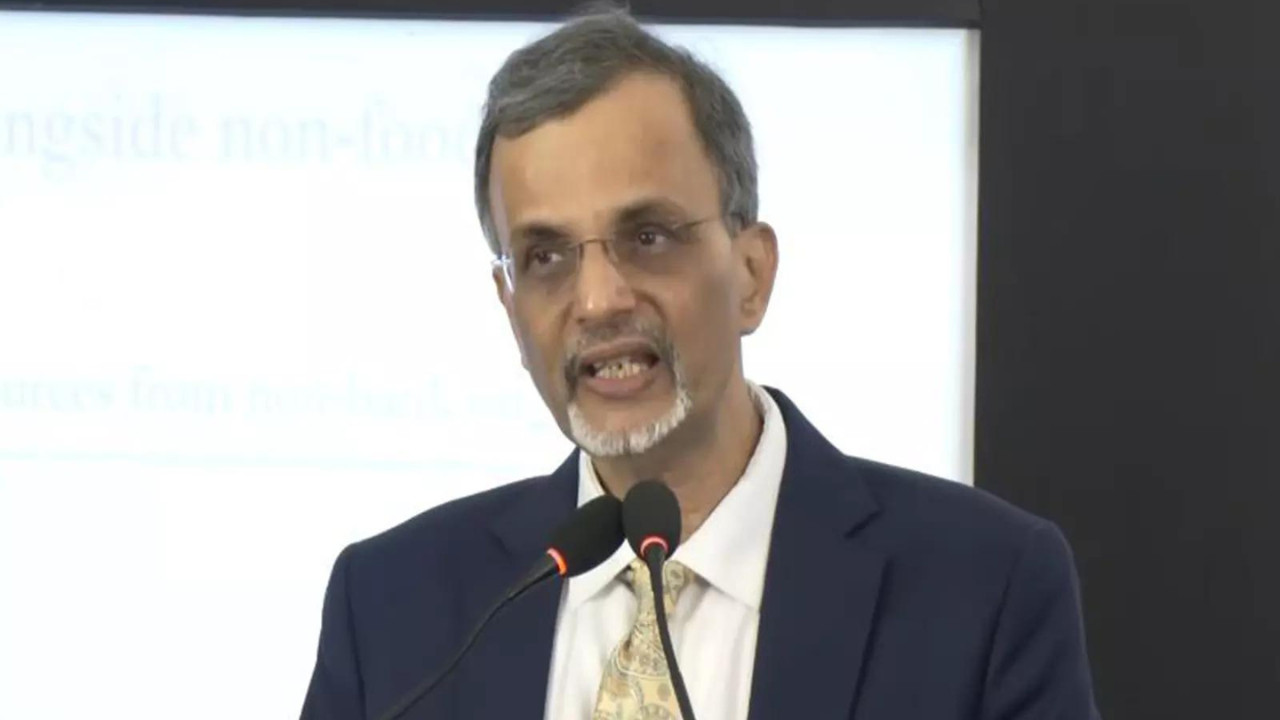India’s economy surged by 8.2% in the July-September quarter, marking a six-quarter high and positioning it as the world’s fastest-growing major economy. Finance Minister Nirmala Sitharaman attributed this robust growth to sustained fiscal consolidation, targeted public investment, and impactful reforms that have boosted productivity and ease of doing business.
India’s Economic Engine Roars: Is This Just the Beginning?
India’s economy is making headlines again, and this time, it’s not just whispers of potential, but a resounding declaration of progress. The latest figures reveal a robust 8.2% GDP growth, a number that has economists and investors alike taking notice. But beyond the headline, what’s fueling this impressive surge, and can we expect it to last?
Finance Minister Nirmala Sitharaman recently pointed to the government’s commitment to reforms as a key driver of this productivity boom. It’s not just about incremental adjustments; it’s about fundamentally reshaping the landscape to foster growth and unlock India’s true economic potential.
Beyond the Numbers: A Deeper Dive into the Drivers
While the 8.2% figure is certainly eye-catching, it’s crucial to understand what’s powering this expansion. The Finance Minister highlighted that high-frequency indicators suggest this momentum is more than just a flash in the pan. These indicators, which track real-time economic activity, provide a sense of sustained upward trajectory.
One could argue that this isn’t merely luck. A calculated blend of strategic policy changes and a resilient entrepreneurial spirit seem to be at play. The government’s focus on infrastructure development, for example, is beginning to bear fruit. Roads, railways, and ports are the arteries of any economy, and investing in them creates a ripple effect, stimulating growth across various sectors.
Furthermore, the emphasis on digitalization is proving transformative. From streamlining government processes to empowering small businesses, technology is leveling the playing field and unleashing innovation.
Reforms Driving Productivity: A New Era for Indian Business?
The keyword here is reforms. What specific reforms are we talking about? While the article doesn’t delve into granular details, past initiatives provide clues. Simplifying tax structures, easing regulatory burdens, and promoting foreign investment are all part of the puzzle.

Think of it like this: Imagine a garden choked with weeds. Cutting away the red tape and unnecessary regulations is like clearing those weeds, allowing businesses to breathe and flourish. When companies can operate more efficiently, they can invest more, hire more, and ultimately contribute more to the overall economy.
Another key factor has been the consistent focus on skill development. A young and dynamic workforce is India’s greatest asset, but that asset needs to be nurtured. Initiatives aimed at upskilling and reskilling the population are crucial for ensuring that India has the talent pool needed to compete in the global economy.
Challenges and Opportunities Ahead
Of course, no economic success story is without its challenges. Inflation remains a concern, and managing it effectively will be crucial for sustaining growth. External factors, such as global economic slowdowns and geopolitical tensions, also pose risks.
However, India’s domestic demand provides a significant buffer against these external pressures. A large and growing middle class, coupled with increasing urbanization, creates a powerful engine for consumption.
Furthermore, India’s commitment to sustainable development offers a unique opportunity. Investing in renewable energy, promoting energy efficiency, and adopting circular economy principles can not only protect the environment but also drive innovation and create new economic opportunities.
Looking forward, sustained and inclusive growth will hinge on continued reform efforts. This includes fostering a more business-friendly environment, investing in human capital, and promoting innovation. The government also needs to address inequality and ensure that the benefits of growth reach all segments of society. You might find our deep dive into [India’s emerging tech sector](related_article_url) relevant for further reading.
Sustaining the Momentum: A Call to Action
The 8.2% GDP growth is undoubtedly a cause for celebration. However, it’s important to remember that this is just one data point. Sustaining this momentum requires a collective effort. The government, businesses, and citizens all have a role to play. By embracing innovation, promoting entrepreneurship, and investing in the future, India can solidify its position as a global economic powerhouse. The current reforms driving productivity must continue for the nation to reach its full potential.






